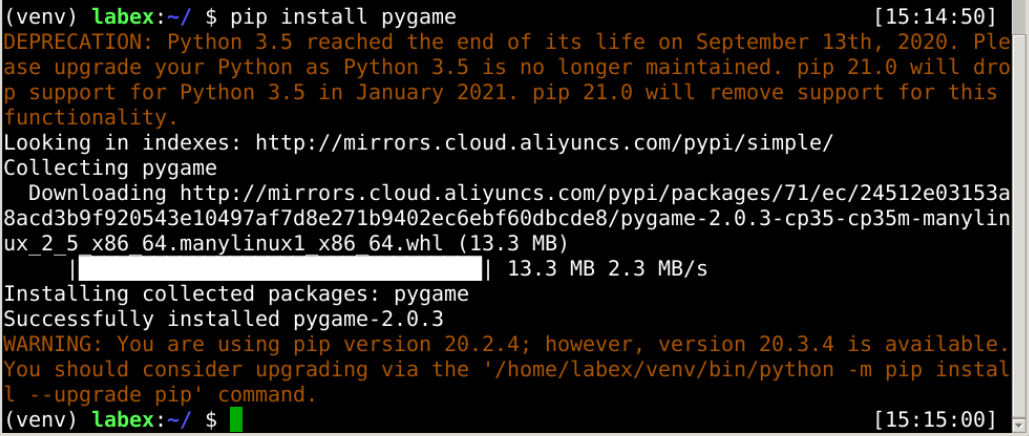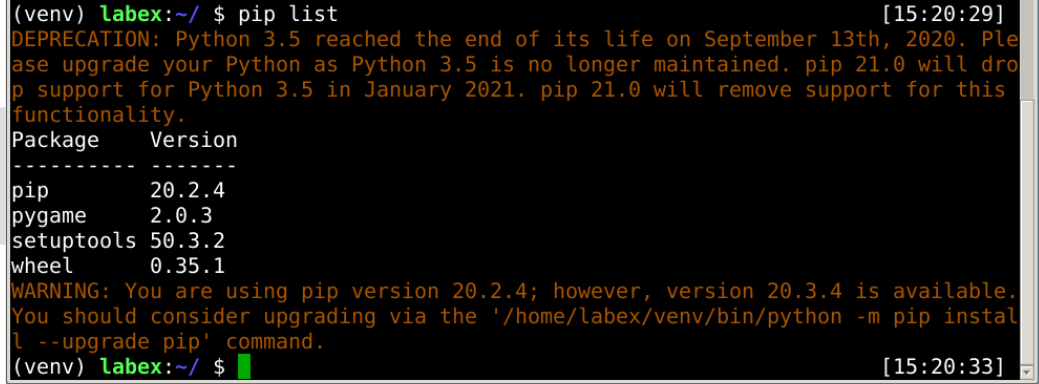Introduction
Python virtual environment is a tool used to isolate different Python environments on a single machine. This is useful when working on projects that have different requirements, or when you want to avoid conflicting packages in your global Python environment.
Achievements
virtualenvCommand- Activate Virtual Environment
- Exit Virtual Environment
- Assgin Python Version












